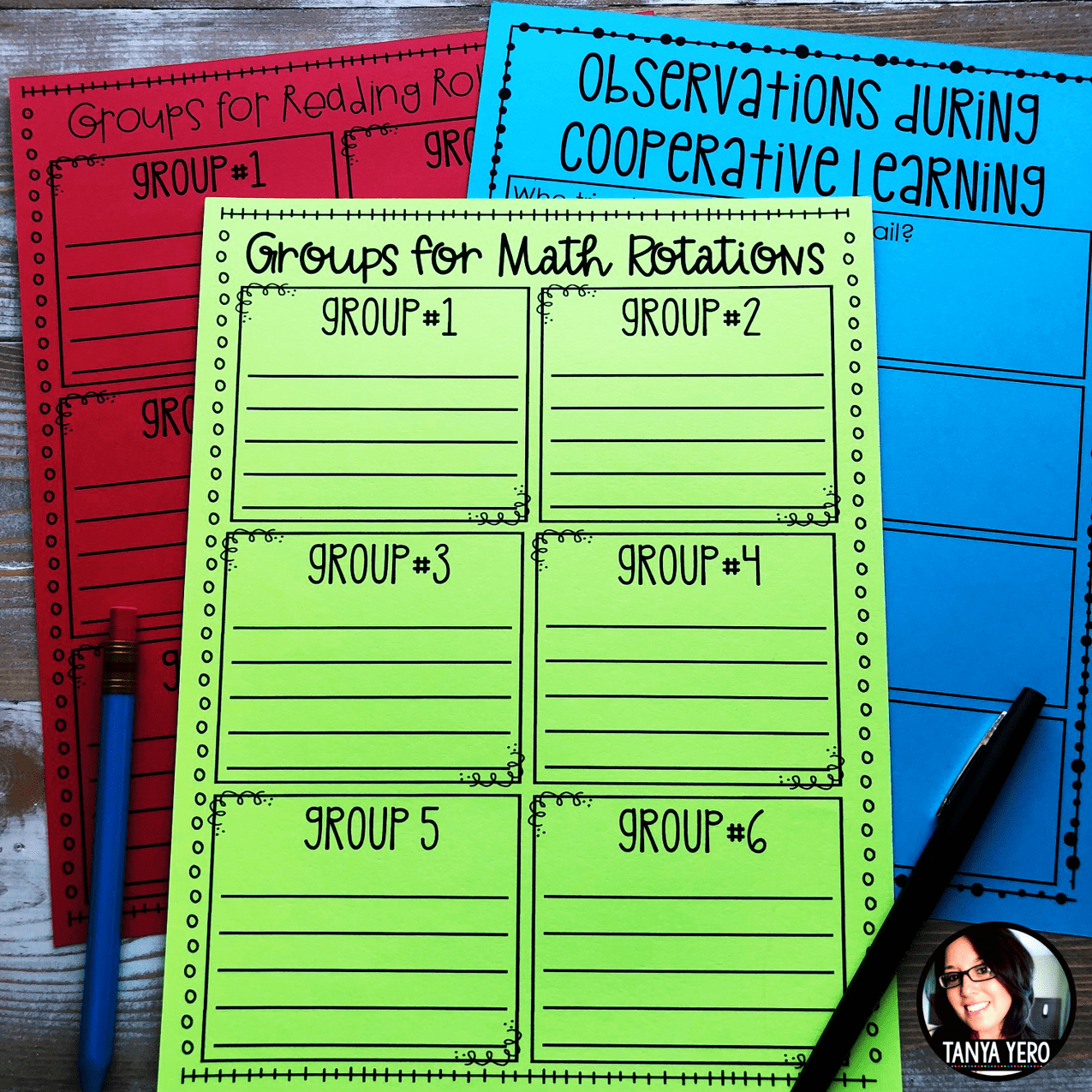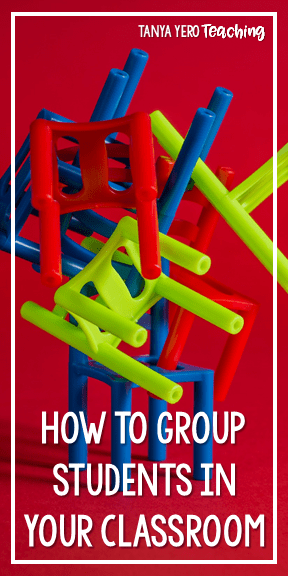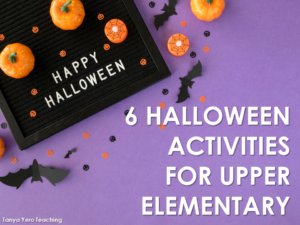Grouping students is one of the hardest aspects of classroom management. Grouping can make a big impact on your classroom. A few weeks ago I was talking with a teaching colleague of mine and she expressed her frustrations with grouping students. There are many factors to consider and things never work out the way you want them to. There are also mitigating factors that you cannot control. Nonetheless, there are strategies when selecting groups and I use different methods for different academic scenarios. Here is a list of items to consider when strategically placing your students into groups.
1.) Know your students
Successful student grouping only occurs when you know all there is to know about your class. Your first week of school should be spent doing team-building activities. This is your time to observe the dynamics of your students. Who are hogs (students that want to control every detail), who are logs (students that sit back and don’t contribute), and everyone in between. I write notes about things I see during the first few days of school for future reference. These notes will help me when considering the behavior aspect of grouping, but I also need academic background. Conduct a pre-test at the beginning of the year in at least math and reading so you have a baseline.
2.) What’s your main focus?
Decide what is most important to you in the task you are creating the groups for. Consider that there are many benefits to student grouping beyond academic growth such as learning to work with peers, work ethic, and communication.
My students sit in groups daily because cooperative learning is a huge part of my instruction. Whether it’s working together to solve a math task to kick-off a new lesson or to complete a group project, I implement cooperative learning everyday. With my daily groups, I target behavior first and ability second. I need to separate students that are problematic when placed together. Then, I can fill in the gaps with students of mixed ability. Because these groups are used daily, my focus is to target management and behavior to set my groups up for success. I constantly monitor the class when they are working on assignments, so I can intervene and help someone if needed. I can also hold students accountable.
If I’m doing a STEM challenge, I may opt to put students together that I would normally separate. Remember those hogs and logs? Sometimes I will put like-minded students together. It forces students to step up to the plate, while others learn a lesson in compromise. Carefully monitor groups when you test this grouping method.
3.) Rotations During Your Math or Reading Block
Your math and reading blocks are the most precious segments of the day. When selecting groups for centers you want to have several points of data to create your ability groups. I have pretests that I administer for each new math skill I introduce. This data helps me make my groups for small group instruction. I want all my struggling students to be placed in one group so I can provide intensive remediation to them. I also want to provide enrichment for my high achievers. For my rotation grouping I use academic needs as my one and only concern. This is your time to target specific skills your students need help with.
Don’t be afraid to change groups when you feel as though it’s not working. I have switched students and groups just days (sometimes minutes) after forming new pods. Leave a comment below with any tips you use to form student grouping.
SIGN UP BELOW FOR THESE FREE TEMPLATES TO HELP YOU WITH STUDENT GROUPING!

Success! Now check your email to confirm your subscription.









